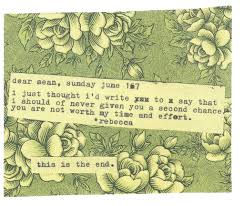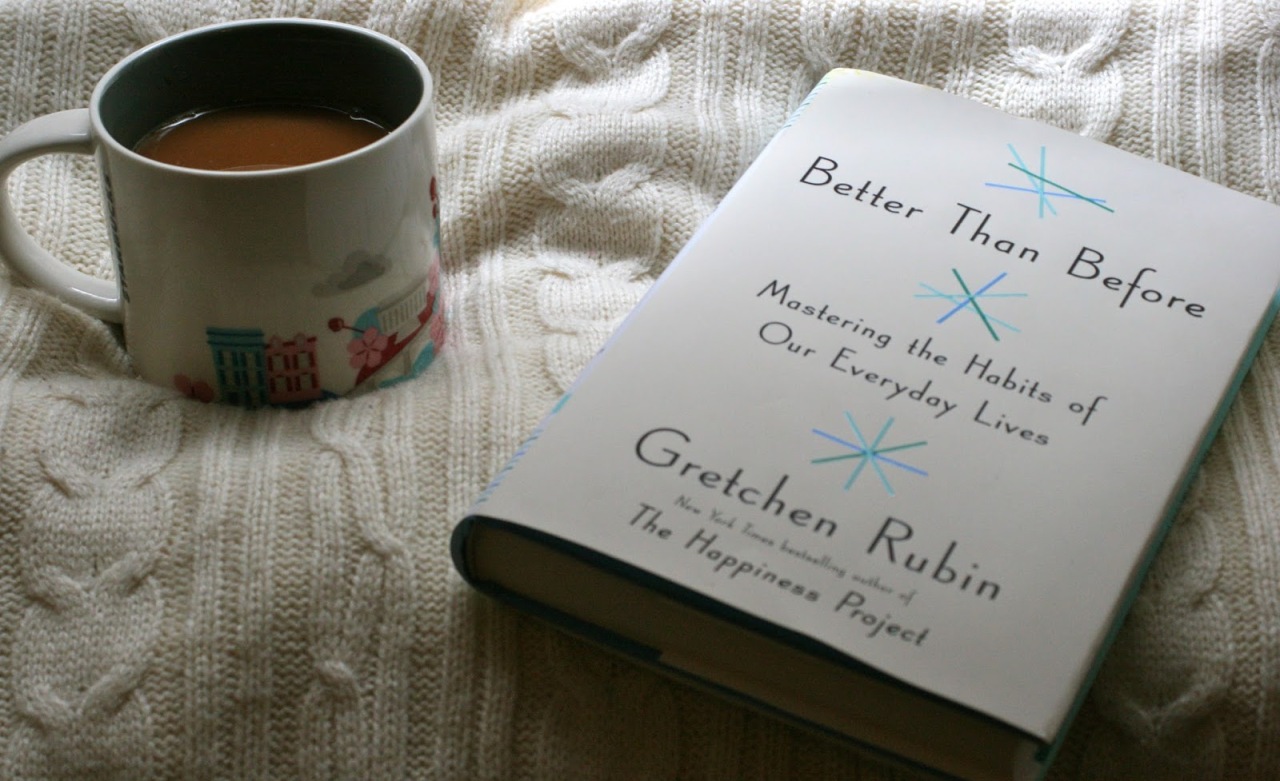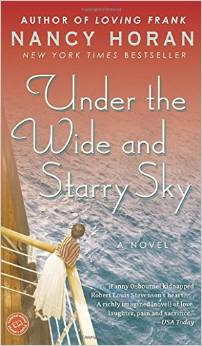 This is one of the surefire ways to tell if you’re truly getting older: if you complain constantly both about aging and about how little aging is valued and respected. – Anna Quindlen
This is one of the surefire ways to tell if you’re truly getting older: if you complain constantly both about aging and about how little aging is valued and respected. – Anna Quindlen
One thing that makes me profoundly sad is when people – especially women – show contempt for their age. “I’m just old“, they sneer, with a judgmental tone normally reserved for reality show stars and crooked politicians.
Such comments leave me feeling diminished and sad. These people can’t possibly honor me – and my aging – if they cannot honor themselves. Age-related crankiness drives others away from us far more than our wrinkles and bags.
Yet the irony is, we think it is our looks that make us appealing to others. And when young, that is often true. But it changes over time. As we draw closer to midlife, people worth knowing become more drawn to kind eyes and enthusiasm for life than someone who looks great in their jeans.
Anna Quindlen talks about such enthusiasm in her memoir Lots of Candles, Plenty of Cake.  Written as she approached her sixtieth birthday, Quindlen muses on things like friendship, plastic surgery, and our bodies: “I’ve finally recognized my body for what it is: a personality delivery system…It’s like a car, and while I like a red convertible or even a Bentley as well as the next person, what I really need are four tires and an engine”. Our bodies are not the end, but the means.
Written as she approached her sixtieth birthday, Quindlen muses on things like friendship, plastic surgery, and our bodies: “I’ve finally recognized my body for what it is: a personality delivery system…It’s like a car, and while I like a red convertible or even a Bentley as well as the next person, what I really need are four tires and an engine”. Our bodies are not the end, but the means.
I remember watching a travel documentary many years ago and feeling envious of an elderly, quite heavy woman vacationing in Thailand. She blissfully enjoyed standing in her swimsuit under a waterfall, with television cameras recording every moment. I remember thinking that I couldn’t ever do that, not even at 25 — I couldn’t enjoy the waterfall without feeling self conscious about how I looked in my swimsuit. Not that I am proud of this.
For women, so much contempt for aging stems from our changing bodies and faces. I suppose it’s because we know we will be judged differently by others, and for those who ever had magazine beauty, it is like losing membership in a club. American culture celebrates youth more than nature, art, or any other form of beauty. Paintings like Van Gogh’s Starry Starry Night or photographs of Yosemite Falls don’t appear on magazine covers — young, beautiful faces do. (Quindlen herself uses Botox, not to look younger – “I’m not that delusional” – but to keep from looking “as if I am in a very bad mood”).
She points out, “Every face is both a mystery and an identity…we realize this when we try to capture a face in a photograph. It is like taking a picture of the sunset. What you wind up with is a trite arrangement of pink sky and pillowy clouds…when what you felt was…something greater.” There is a greater story behind the smooth skin or wrinkled cheeks of the faces before us, but sometimes the face distracts us from the story.
While waiting for the doctor recently, I met a man in his early nineties. Skipping past the small talk, he launched into tales of his service in World War II. While fighting on the ground in France, he rescued a pregnant woman from a ditch. She went into labor, and he helped deliver her baby. It was an amazing story. Not everyone rescues women and children from ditches. But everyone has a story we should care deeply about.
Oprah Winfrey once said that the one thing that united the thousands of people she interviewed over the years was their desire to know that their life mattered. As we age, I think that satisfying this desire becomes even more important.
But I think the secret to aging gracefully is to start asking a different question. How can I help other people to know that they matter? If we answer that, I think the number of our years or wrinkles will cease to matter. We will have found something greater.




 I find this type of book experience rather like the Chinese takeout legend: while tasty and delicious, it leaves me hungry at the end.
I find this type of book experience rather like the Chinese takeout legend: while tasty and delicious, it leaves me hungry at the end. Habits are the architecture of our lives. – Gretchen Rubin
Habits are the architecture of our lives. – Gretchen Rubin




